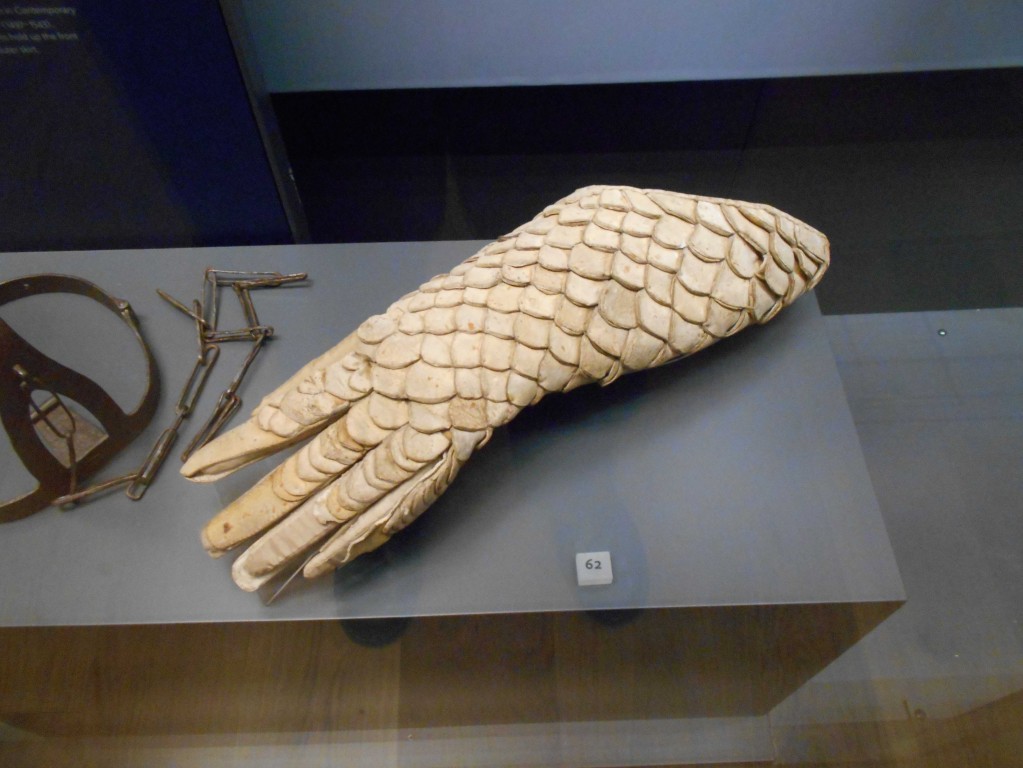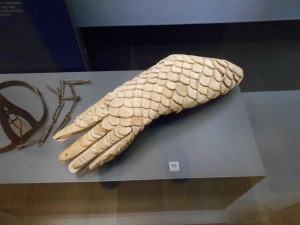
This was in a grocery shop in Finsbury Park, London

Posted February 15, 2014 Posted by Adam in Uncategorized
This is not a romantic, life-changing tale of a mutual-admiration romp with adorable ceteceans.
It happened when I lived on Kangaroo Island. A kangaroo did indeed hop through the garden every morning on its way through to the school playing fields. I could hear from my living room the Fairy Penguin chicks calling raucously for their parents. And when I was washing the dishes in the evening, I had a marvellous view of the sunset over towards American River. Quite often, a pod of dolphins would be heading back from a day of fishing and I would see their dorsal fins rising from the darkening sea.
One day, I was on the shore when I saw in the distance the dolphins coming back. It was a warm day and I was in my swimming shorts so I lurched across the rocks and into the sea. I swam straight out so my path would intersect that of the dolphins when they passed. I remembered all of those stories about frolicking with these intelligent creatures and how a reciprocal bond of empathic beauty seemed to be made between Hominid and Delphinid.
I reached the place where the dolphins were going to pass. They passed. That was it. No fun-packed gambol, no glorious connection, no unforgettable experience.

Posted February 15, 2014 Posted by Adam in Uncategorized


Posted February 15, 2014 Posted by Adam in Uncategorized
The remarkable story of this exhibit in the Ashmolean Museum in Oxford came to light only recently as a result of excavations in a Cumbrian valley. Professor James Torrance of the Institute of Archaeological Excellence had been led to the location north of Lake Windermere by the chance discovery of a strangely shaped metallic object in the cellars of the John Soanes Museum in London. He recognised it as similar to the shackles used in the dungeon of a practising dominatrix of his acquaintance. The design was distinguished by rounded edges and a slot for insertion of cushioning material. Torrance reasoned that the shackle in the Soanes Museum was actually a restraint for the enhancement of some kind of sexual activity.
The excellence of John Soanes’s record-keeping allowed Professor Torrance to trace the shackle to its origin, a valley called Sandthwaite. He began excavating in 1987 and almost immediately discovered some extraordinary objects – a collection of human-sized fish carved from the local stone. Each fish contained a cavity in which charring indicated that hot stones had been placed. In the cloacal area of each fish was a hole stained with a secretion that, when Torrance had it analysed, contained a blend of oils. These were ancient sex dolls. The hot stones were used to raise the temperature of the stone to one conducive to sex. The hollowed-out cloacal openings had been lined with a sort of artificial vagina, lubricated with oil and frequently replaced. Torrance realised that he had stumbled across the temple of a medieval cult whose practices involved sex with fish, or substitutes for fish.
Amongst the chambers carved into the rock Professor Torrance found stone chests with tightly-fitting lids. The objects within were remarkably well-preserved. Radioactive dating methods allowed Torrance to ascertain the age of his trove at between 1500 and 1550 years old. That put them at around 500AD, the height of the Arthurian age of chivalry. But a strange kind of chivalry seems to have held sway in these chambers. The contents of the Sandthwaite coffers form a collection of aids for having sex with fish. Restraints to hold the fish in place. A set of instruments remarkably like shoehorns that appear to have been designed to allow the entry of tumescent male members into unwilling fish. Clay jars containing the traces of lubricants and salves, presumably for parts of the anatomy that had been subjected to friction and laceration. This sacred business of having sex with fish was not always easy or painless.
Unsurprisingly, some patrons of this subterranean bordello chose an easier way. Professor Torrance was first struck by the resemblance of the pictured object to a fish’s tail. When closer examination revealed that a hand could be inserted into it, all that remained was to carry out chemical tests on residues on the ‘fingers’ of the tail. This was a sex aid – a glove worn by a person in order to simulate sex with a fish. It could be used by a priestess/prostitute or it could be worn by the user himself.
Curators at the Ashmolean realised that this artificial fish provided a valuable insight into a curious aspect of a romantic age in England’s history. It remains on show with other finds from the hoard.

Posted February 14, 2014 Posted by Adam in Uncategorized


« Previous Entries Next Entries »

